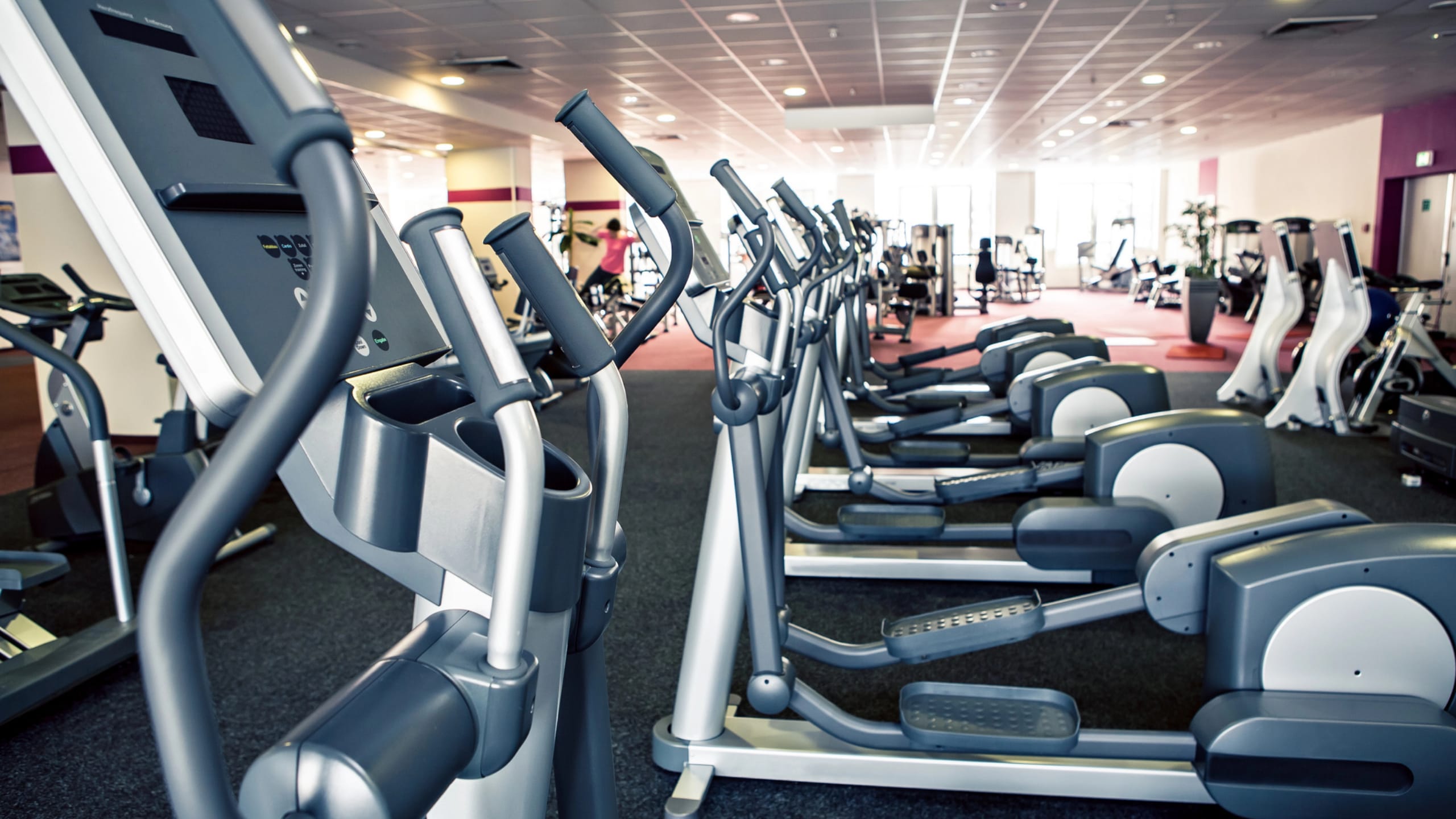

Hearing loss can lead to feelings of isolation and communication difficulties. Loss of taste or smell can diminish our enjoyment of food and affect our appetite. Even minor sensory impairments can have far-reaching consequences on our overall well-being. Fortunately, there are simple ways to improve and maintain sensory fitness.
Protecting your ears from loud noises can prevent hearing loss. Engaging in activities that stimulate your sense of touch – such as gardening or playing a musical instrument – can keep your tactile sensitivity sharp. Moreover, incorporating mindfulness practices into your daily routine can heighten your awareness of your senses and enhance their acuity.
This not only makes mealtime more enjoyable but also promotes better digestion and nutritional absorption. In conclusion, prioritizing sensory fitness is essential for maintaining overall health and well-being. By nurturing our senses through regular check-ups, protective measures, engaging activities, and mindfulness practices, we can enrich our lives with vibrant sensations and profound connections with the world around us.
Strategies and Activities to Improve Sensory Processing SkillsSensory processing skills play a crucial role in our daily lives, affecting how we perceive and react to the world around us. For individuals who struggle with sensory processing issues, simple tasks like getting dressed or eating can become overwhelming and challenging. However, there are strategies and activities that can help improve these skills and make everyday activities more manageable.
One effective strategy for improving sensory processing skills is through sensory integration therapy. This type of therapy involves engaging in activities that stimulate the senses in a controlled and structured manner. By exposing individuals to different sensory experiences, such as touch, sound, and movement, they can learn to better process and respond to sensory input.
These activities may include deep pressure massage, swinging on a swing set, or playing with textured materials like sand or Play-Doh. By incorporating these activities into their daily routines, individuals can gradually improve their ability to process sensory information.
In addition to therapy and sensory diets, there are also lifestyle changes that can help improve sensory processing skills. Ensuring a healthy diet rich in nutrients like omega-3 fatty acids and magnesium can support brain function and overall well-being. Adequate sleep is also essential for optimal sensory processing, as fatigue can exacerbate sensitivity to stimuli. Engaging in physical exercise can also be beneficial for improving sensory processing skills. Activities like yoga or swimming can help individuals regulate their nervous systems and improve their ability to focus and concentrate. Overall, improving sensory processing skills requires a holistic approach that includes therapy, lifestyle changes, and regular practice of sensory-related activities.


What is neurodiverse sensory fitness and how does it benefit individuals? Neurodiverse sensory fitness is a concept that focuses on using physical activity and sensory experiences to promote overall health and well-being for individuals who have neurodiverse conditions such as autism, ADHD, sensory processing disorder, and other developmental disabilities. The benefits of neurodiverse sensory fitness are multifaceted.
This can lead to increased independence in daily activities and improved quality of life. Additionally, sensory experiences incorporated into fitness routines can help individuals regulate their sensory systems.
For example, deep pressure activities or proprioceptive input can help calm an overstimulated nervous system and reduce anxiety levels. On the other hand, vestibular activities like swinging or spinning can provide much-needed stimulation for those who may seek out movement. Furthermore, participating in sensory fitness activities can also promote social interaction and communication skills. Group classes or team sports provide opportunities for individuals with neurodiverse conditions to engage with peers in a structured setting while working towards common goals.
By incorporating physical activity and sensory experiences into their daily routines, they can improve their physical health, emotional regulation, social skills, and overall quality of life. It is important to recognize the diverse needs of individuals with different neurological profiles and provide them with tailored fitness programs that cater to their unique strengths and challenges. What are some effective exercises for improving sensory fitness in neurodiverse individuals?


Improving sensory fitness in neurodiverse individuals is crucial for promoting overall well-being and quality of life. Sensory exercises can help enhance awareness, coordination, and regulation of sensory input, leading to improved focus, attention, and emotional regulation. There are several effective exercises that can be incorporated into a daily routine to support sensory development in individuals with neurodiversity.
Deep breathing techniques involve taking slow, deep breaths through the nose and exhaling slowly through the mouth. This practice can help calm the nervous system, reduce stress levels, and improve overall relaxation.
Deep breathing exercises can be especially helpful for individuals who experience sensory overload or heightened anxiety. Another effective exercise for improving sensory fitness is progressive muscle relaxation. This technique involves tensing and then releasing different muscle groups throughout the body to promote relaxation and reduce tension. Progressive muscle relaxation can help increase body awareness and promote a sense of calmness and comfort. Additionally, yoga and mindfulness practices can be highly beneficial for enhancing sensory fitness in neurodiverse individuals.
Mindfulness practices encourage present-moment awareness and non-judgmental acceptance of thoughts, emotions, and sensations. These practices can help individuals with neurodiversity develop greater self-awareness, emotional regulation skills, and resilience. Sensory integration activities such as swinging gently on a swing set or using a therapy ball for balance exercises can also support sensory development in neurodiverse individuals. These activities provide opportunities to engage the vestibular system (responsible for balance) and proprioceptive system (responsible for body awareness), which can improve coordination and spatial orientation.
Engaging with nature can help individuals with neurodiversity connect with their senses in a meaningful way while promoting physical activity and cognitive stimulation. Overall, incorporating a variety of sensory exercises into daily routines can help support the development of sensory fitness in neurodiverse individuals. By prioritizing self-care practices that enhance body awareness, relaxation, mindfulness, balance, coordination,and engagement with the environment , it is possible to promote holistic well-being among those with diverse neurological profiles . What role does sensory integration play in promoting overall wellness for neurodiverse individuals?
Our senses are constantly bombarded with stimuli from the environment, and for those with neurodivergent conditions such as autism, ADHD, or sensory processing disorder, these sensory inputs can be overwhelming and challenging to process. When an individual's sensory system is not functioning efficiently, it can lead to difficulties in regulating emotions, behaviors, and attention. Sensory integration therapy aims to help individuals organize and interpret sensory information more effectively, ultimately leading to improved overall well-being. By engaging in sensory integration activities such as swinging, brushing, weighted blankets, or deep pressure massage, individuals with neurodiverse conditions can learn to better regulate their responses to sensory stimuli.
The top five benefits of fitness include improved cardiovascular health, increased muscular strength and endurance, enhanced flexibility, weight management, and better mental health and mood.
Setting fitness goals provides direction, motivation, and a sense of accomplishment, helping individuals to track progress and maintain consistency in their exercise routines.
The four objectives of physical fitness typically include improving cardiovascular endurance, muscular strength, flexibility, and body composition.